Rome is a dream destination for many, with its rich history, stunning architecture, and vibrant culture. However, like any popular tourist destination, there are certain pitfalls and tourist traps that can detract from your experience.
Rome is a timeless blend of ancient wonder and vibrant modernity. As you walk through its cobblestone streets, history whispers from every corner, with iconic landmarks like the Colosseum and the Roman Forum standing as grand testaments to its illustrious past. Yet, beyond the well-trodden tourist paths lies a city full of hidden treasures, local charm, and modern flair.
From bustling markets and cozy trattorias to serene gardens and lively piazzas, Rome offers an endless display of experiences that capture the heart and imagination. Whether you’re marveling at Renaissance masterpieces, savoring authentic Italian cuisine, or simply soaking in the city’s unique ambiance, Rome invites you to explore, discover, and fall in love with its enchanting blend of the old and the new.
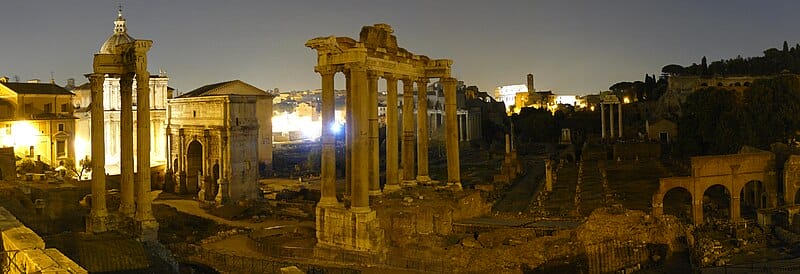
Key Takeaways
- Overpriced Tourist Restaurants
- Tourist Souvenir Shops
- Long Lines at Major Attractions
- Pickpockets and Scams
- Overly Packed Itineraries
- Tourist Buses
- High Season Crowds
Avoiding Overpriced Tourist Restaurants
What to Avoid
Rome’s most famous areas, such as the vicinity of the Roman Forum, the Vatican, Fontana di Trevi, and the Spanish Steps, are full of restaurants that are reserved primarily for tourists. These places often offer mediocre food at higher prices.
Many travelers have shared their experiences of being lured into these tourist traps. Reviews on platforms like TripAdvisor and Yelp frequently mention high prices, subpar food, and not that good of a service. For example, you might end up paying €20 for a bland plate of pasta near the Trevi Fountain, only to find a charming trattoria offering delicious, authentic dishes for half the price just a few blocks away.
Insider Tip
For an authentic dining experience, venture into neighborhoods like Trastevere, Testaccio, and San Lorenzo. These areas are known for their excellent local cuisine and reasonable prices. A popular recommendation is local with traditional Italian cuisine in Trastevere, where you can enjoy traditional Roman dishes like cacio e pepe or amatriciana for around €12-15 per main course. Vendors in high-traffic areas know that tourists may not be aware of local prices and take advantage of this.
Steering Clear of Tourist Souvenir Shops
What to Avoid
Souvenir shops around major attractions often sell mass-produced trinkets at high prices. These items are usually of low quality and don’t reflect the true craftsmanship of Italian artisans. Tourists have often highlighted their disappointment with these shops. Common complaints include overpriced items and pushy sales tactics. Vendors in high-traffic areas know that tourists may not be aware of local prices and take advantage of this.
Souvenir shops tend to offer generic items that do not genuinely represent the local culture. Authentic Roman crafts, food products, and art can often be found in local markets or specialized stores.
Insider Tip
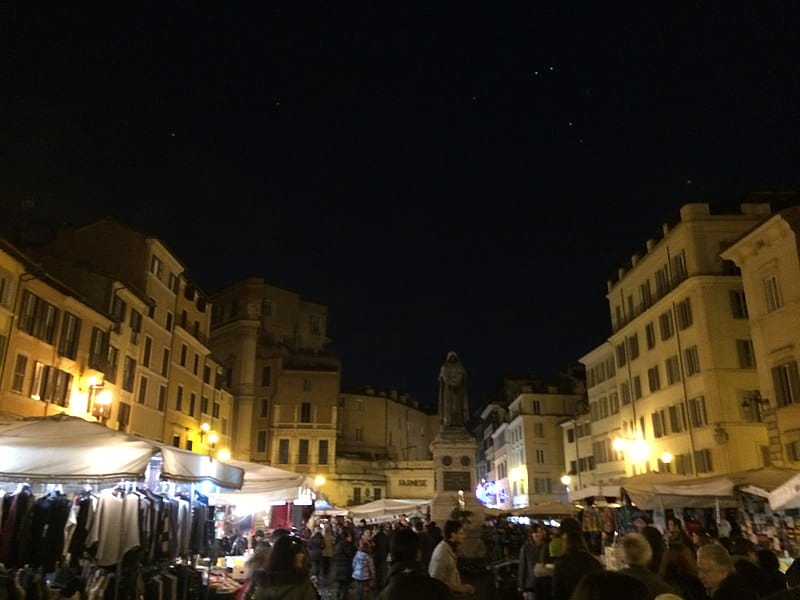
Source: cisko66, CC BY 3.0 https://creativecommons.org/licenses/by/3.0, via Wikimedia Commons
For unique and high-quality souvenirs, visit local markets and artisan shops. Campo de’ Fiori market offers a variety of handmade goods, from leather products to ceramics. Another excellent spot is Via Margutta, a street known for its art galleries and boutique shops. Here, you can find one-of-a-kind pieces that truly capture the essence of Rome. Held every Sunday, Porta Portese Flea Market in the Trastevere district sells everything from antiques to clothing and unique souvenirs.
Avoiding Long Lines at Major Attractions
What to Avoid
The main attractions in Rome, like the Vatican Museums and the Sistine Chapel, often have long lines that can eat into your precious sightseeing time. Travelers frequently express frustration over waiting in lines for hours. Waiting over two hours to enter the Vatican Museums during peak season, resulting in a rushed visit, is nothing unusual.
Insider Tip
Purchase skip-the-line tickets or guided tours in advance. The official websites for the Colosseum and Vatican Museums offer these options, often with a small booking fee (around €4-6). Alternatively, consider visiting during off-peak times, such as early morning or late afternoon, to avoid the crowds. The Roma Pass, which costs €32 for 48 hours or €52 for 72 hours, also provides skip-the-line access to certain attractions and unlimited public transport. Visiting during off-peak times is also a good idea.
Beware of Pickpockets and Scams
What to Avoid
Like many major tourist cities, Rome has its share of pickpockets and scammers, especially in crowded areas and public transport. Being aware of common tactics and knowing how to protect yourself can help ensure a safe and enjoyable visit. Pickpockets often target crowded areas such as public transportation and busy tourist attractions.
They may use distraction techniques like bumping into you, creating a commotion, or asking for directions to divert your attention while an accomplice takes your belongings. Common scams include the “fake petition” scam, where someone asks you to sign a petition and then demands a donation, and the “bracelet” scam, where someone ties a bracelet on your wrist and then demands payment.
Insider Tip
Stay vigilant and keep your belongings secure. Use a money belt or a crossbody bag with zippers. Avoid engaging with street vendors offering unsolicited gifts or services. If you’re using public transport, be particularly cautious in crowded areas and always keep an eye on your belongings.
Avoiding Overly Packed Itineraries
What to Avoid
Trying to see everything in Rome in a short amount of time can lead to exhaustion and a less enjoyable experience. Overly packed itineraries leave little room for relaxation or spontaneous exploration.
Travelers often advise against cramming too many activities into one day, prioritizing your must-see attractions and experiences. Rome is rich in history and culture, so it’s important to focus on the highlights that interest you the most. This might include iconic sites like the Colosseum, Vatican Museums, and the Pantheon, but by using the advice above, be sure to plan ahead and set some time aside for spontaneous exploration and relaxation.
Insider Tip
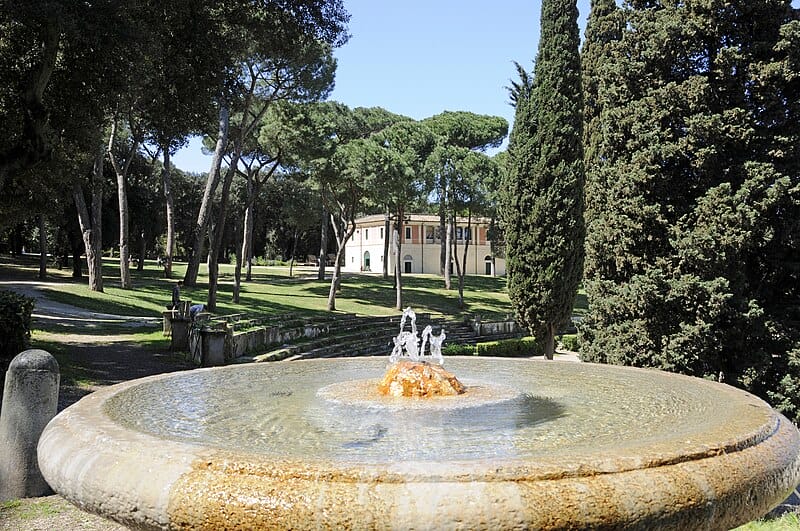
Source: Son of Groucho from Scotland, CC BY 2.0 https://creativecommons.org/licenses/by/2.0, via Wikimedia Commons
Allow for downtime to enjoy Rome’s ambiance, whether it’s sipping espresso at a café, wandering through a quiet neighborhood, or relaxing in a park. Consider the pace of your itinerary. Instead of trying to fit in as many attractions as possible each day, allow for downtime between activities. Also, be flexible and open to changing your plans. Sometimes unexpected opportunities arise, or you might find a particular place you want to spend more time in.
Balance busy sightseeing days with more relaxed ones. For instance, if you’ve planned a day visiting major landmarks, schedule a less intense day afterward. You might visit a park, explore lesser-known sites, or enjoy a quiet afternoon at a museum. The Villa Borghese gardens, for example, provide a peaceful retreat from the city’s hustle and bustle and are free to enter.
Avoiding Tourist Buses and Opting for Public Transport
What to Avoid
Tourist buses can be expensive and often get stuck in traffic, reducing the time you have to explore the city. Tourist buses are often overcrowded and offer poor value for money. Public transport in Rome is generally much cheaper than tourist buses. A single metro or bus ticket costs around €1.50, while a 24-hour pass is about €7. Tourist buses can be significantly more expensive, especially if you’re considering multiple days of travel.
Insider Tip
Besides being efficient and affordable, Rome’s public transport system is also well-connected, allowing you to reach major attractions quickly. The metro system has three lines (A, B, and C) covering a significant portion of the city, while buses and trams fill in the gaps. Tourist buses often make frequent stops and can be subject to traffic delays. Using public transport offers a more local experience. You’ll interact with residents, see parts of the city that aren’t on the typical tourist route, and get a feel for daily Roman life. It’s also a chance to experience the city as locals do, from bustling bus routes to the efficient metro.
Tickets can be bought at metro stations, newsstands, or tobacco shops. It’s a good idea to buy a day pass if you plan to use public transport frequently. Buses and trams have varying schedules, so check timetables in advance to avoid long waits. Use public transport apps or maps to plan your routes and transfers efficiently.
Avoiding High Season Crowds
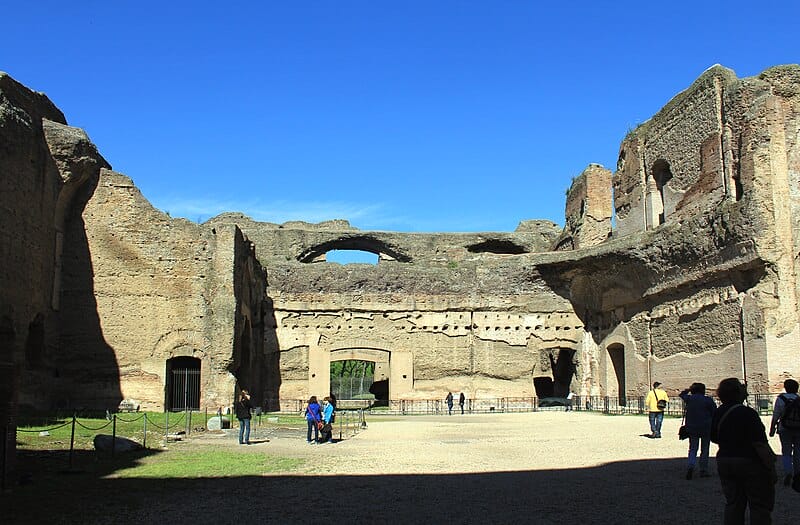
What to Avoid
Visiting Rome during peak tourist season (June to August) can result in overcrowded attractions, higher prices, and sweltering heat. Travelers often advise visiting during the off-season (April-May and September-October) when the weather is pleasant, and there aren’t that many tourists.
Insider Tip
Rome has many hidden gems that aren’t as crowded as the main tourist spots. Consider visiting sites like the Baths of Caracalla, the Aventine Hill, Villa Torlonia, or the Quartiere Coppedè. These places offer a more relaxed experience while still providing rich historical and cultural insights. Major holidays and local festivals can draw large crowds. Avoid visiting during periods like Easter, Christmas, and the local Feast of the Immaculate Conception on December 8th, when the city is particularly busy. Additionally, many hotels and airlines offer lower prices during the off-season, helping you save money on your trip.
Conclusion
While Rome is a city filled with wonders, avoiding these common pitfalls can help ensure your visit is memorable for all the right reasons. By steering clear of tourist traps, overpriced eateries, and overly packed itineraries, and by staying vigilant and embracing local experiences, you can enjoy a more authentic and rewarding trip. Listen to the advice of fellow travelers, plan wisely, and take the time to soak in the beauty and culture of the Eternal City. Buon viaggio!
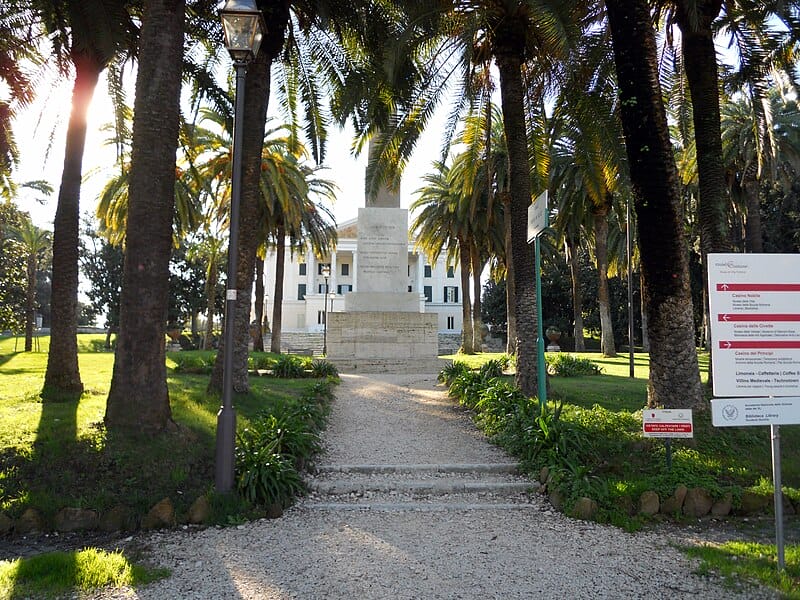
People Also Ask:
Where not to go in Rome?
The most crime-ridden neighborhoods in Rome are Esquilino, San Basilio, Corviale, and Tor Bella Monaca. These areas can feel unsafe due to petty crimes and drug use. Esquilino is close to the city center and the Termini Train station.
Is it safe to walk in Rome at night?
Is It Safe to Walk Around Rome at Night? Yes! Before we get into our list of things to do in Rome at night, let’s answer this important question: walking around Rome at night is completely safe. All of the areas we mention here are full of character and very lively, even after the sun goes down.
Where is the nicest part of Rome?
The best neighborhoods in Rome include the ancient structures of Centro Storico areas such as Campo Marzio, the ever-popular nightlife of Trastevere, and the lesser-known food scenes and vibrant artistic life of Prati or Pigneto.
How to behave in Rome?
Basic manners, such as greetings, please, and thank you are always welcome and appreciated. Keep also in mind that Italians are generally a rather reserved people. While movies and TV may portray them as chatty, remember that the real people behind those shows are often very different.
Can you wear purple in Italy?
Visitors to Italy will want to avoid the color purple in settings beyond the opera. You should never wrap gifts in purple as some people believe this brings bad luck. If you happen to receive an invitation to an Italian wedding, you’ll want to skip wearing purple, a color associated with fasting and giving up luxuries.
Hello, my name is Vladimir, and I am a part of the Roman-empire writing team.
I am a historian, and history is an integral part of my life.
To be honest, while I was in school, I didn’t like history so how did I end up studying it? Well, for that, I have to thank history-based strategy PC games. Thank you so much, Europa Universalis IV, and thank you, Medieval Total War.
Since games made me fall in love with history, I completed bachelor studies at Filozofski Fakultet Niš, a part of the University of Niš. My bachelor’s thesis was about Julis Caesar. Soon, I completed my master’s studies at the same university.
For years now, I have been working as a teacher in a local elementary school, but my passion for writing isn’t fulfilled, so I decided to pursue that ambition online. There were a few gigs, but most of them were not history-related.
Then I stumbled upon roman-empire.com, and now I am a part of something bigger. No, I am not a part of the ancient Roman Empire but of a creative writing team where I have the freedom to write about whatever I want. Yes, even about Star Wars. Stay tuned for that.
Anyway, I am better at writing about Rome than writing about me. But if you would like to contact me for any reason, you can do it at contact@roman-empire.net. Except for negative reviews, of course. 😀
Kind regards,
Vladimir
